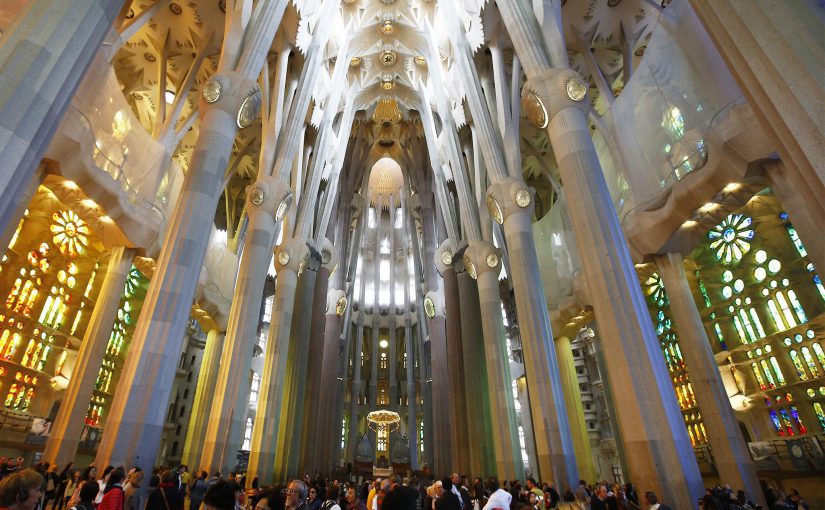
Sacramento’s electric-car club
For Tom Dowling, embracing new-fangled gadgets is something that runs in the family.
“My father was an early adopter, and we had the very first TV set on the block,” said Dowling, who today is vice president of the Greater Sacramento Electrified Auto Association, and possessor of two electrified cars. That’s right, he’s also an early adopter to the latest auto technology.
Now retired and lodged in Folsom, Dowling joined a local chapter of the national Electrified Auto Association and spends a lot of his time sharing expertise on things such as electrical chargers with other electric-vehicle owners.
There are eighty five members in the GSEAA, which is run like an auto club for alternative-vehicle enthusiasts. But a club “for geeks,” according to member David Link, a retired math teacher and proprietor of a one thousand nine hundred ninety eight Honda Civic GX natural-gas car, which is charged by a gas compressor.
Link said the club has been around since the ’70s and has had two incarnations. Its original members were experimenters: They would take ordinary gasoline cars, de-robe the vehicles of its gas tank, gasoline engine and all parts that were rigorously gasoline operated, because there was no EV industry prior to the ’90s.
“There are cars you see driving around that are missing their tailpipe,” said Man Hall, GSEAA president, who listed old Porsches as vehicles that are popular to convert to electrified. “There is still a little bit of that [conversion] going on in the club, it’s mostly [made up of] people who have bought commercial EVs.”
The manufacturing of commercial EVs and their batteries is a direct result of President Barack Obama’s $800 billion economic-stimulus package in 2009. More than $Two billion in federal grants, combined with another $Two billion in private investment for EV manufacturing and its infrastructure has made EVs a higher-profile industry.
According to the California Department of Motor Vehicles, at the end of two thousand eleven there were 99,917 registered electrical vehicles and 395,483 registered hybrid vehicles in California.
Those are petite numbers compared to the almost thirty two million gasoline-fueled vehicles in the state, but it is an industry in its infancy after many false starts.
Inbetween one thousand nine hundred ninety seven and 2000, Honda, Nissan, Toyota, General Motors Co. and Ford Motor Co. produced electrified cars to test the viability of a commercial EV market, but most of these vehicles were only available by lease. By 2003, manufacturers phased out EVs.
The Obama administration’s revival of the EV industry still has a long way to go to meet its aim of putting one million EVs on the road by 2015.
“It’s sticker shock and range anxiety,” said Link about what keeps people from buying EVs.
Dowling possesses a two thousand eleven Chevy Volt and said he paid $47,000, prior to the $7,500 federal tax credit and the $Two,500 California rebate as incentive for purchasing his car.
Hall possesses a Nissan Leaf and he spent $600 on his charging station. He chose electrified because of the dramatically lower cost of fuel and maintenance.
“You have to keep in mind that a lot of people only look at the money you’re saving on gas. They’ve got valve adjustments, smog checks, clutch problems, oil checks. All those things don’t exist with electrical cars,” explained Elia Bassin, GSEAA member and possessor of the two thousand ten Zero Motorcycle, one of the very first classes of electrical motorcycles.
To put range anxiety into perspective: Dowling’s Chevy Volt has forty miles of battery life. On trips to San Francisco to visit his grandchildren, he uses up his battery life, then lets the gas motor kick in so that it charges the battery while he drives.
Bassin pointed out that most people only have 10-mile commutes.
Part of the success of traditional gasoline cars is the way it proceeds to symbolize unlimited freedom on the open road for American consumers.
The GSEAA network of alternative-fuel owners are interested in switching people’s minds about EVs, in order to dispel the many fallacies they see associated with alternative vehicles. One tactic is noting the high cost of fossil fuels.
“When I had my very first car, gas was ninety nine cents,” Bassin said, “and I’m not even thirty years old, and it has gone to over $Four dollars a gallon. It’s thicker than any inflation of anything, maybe fatter than health-care inflation.”

